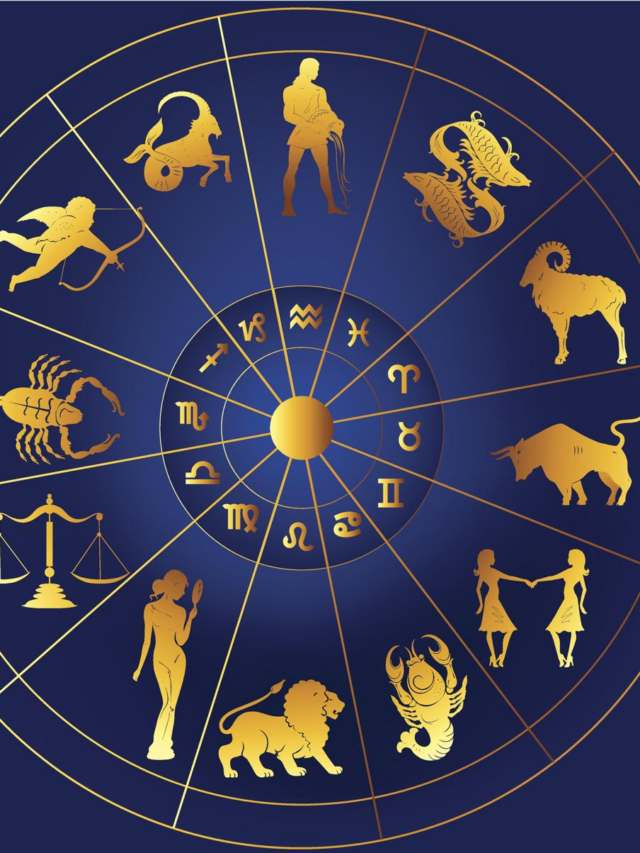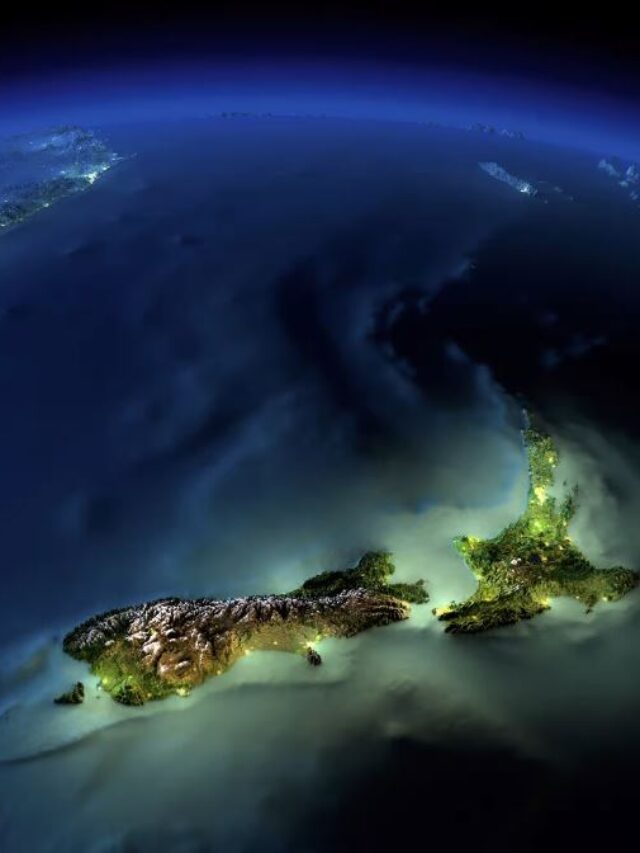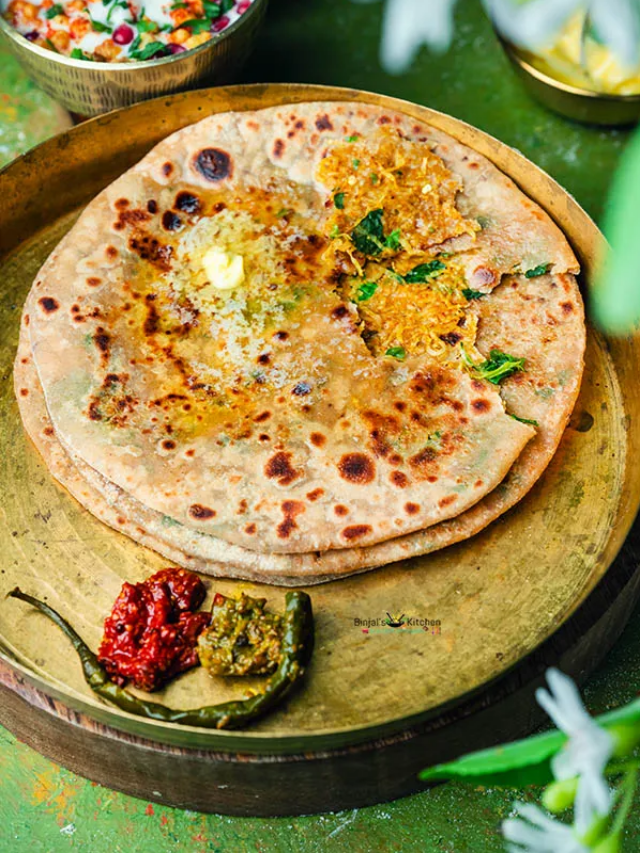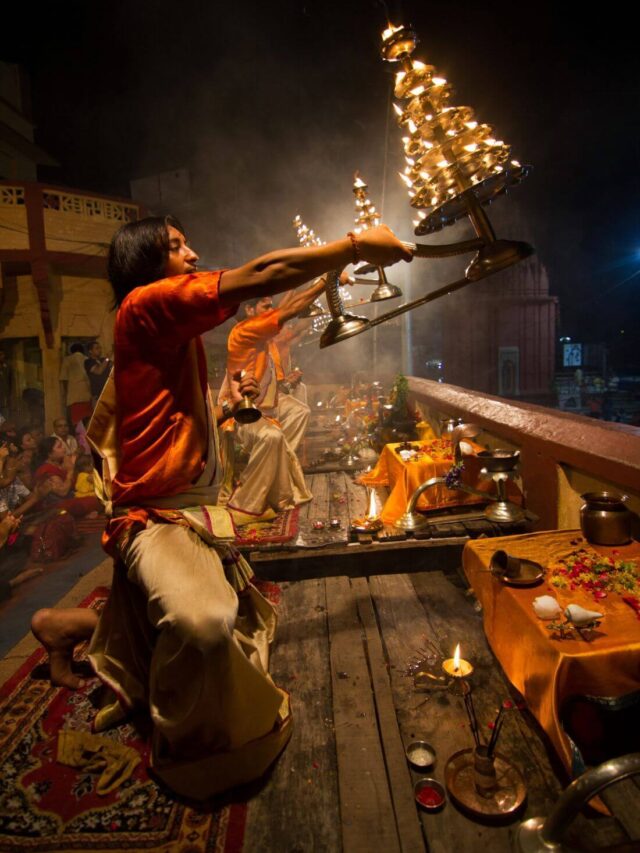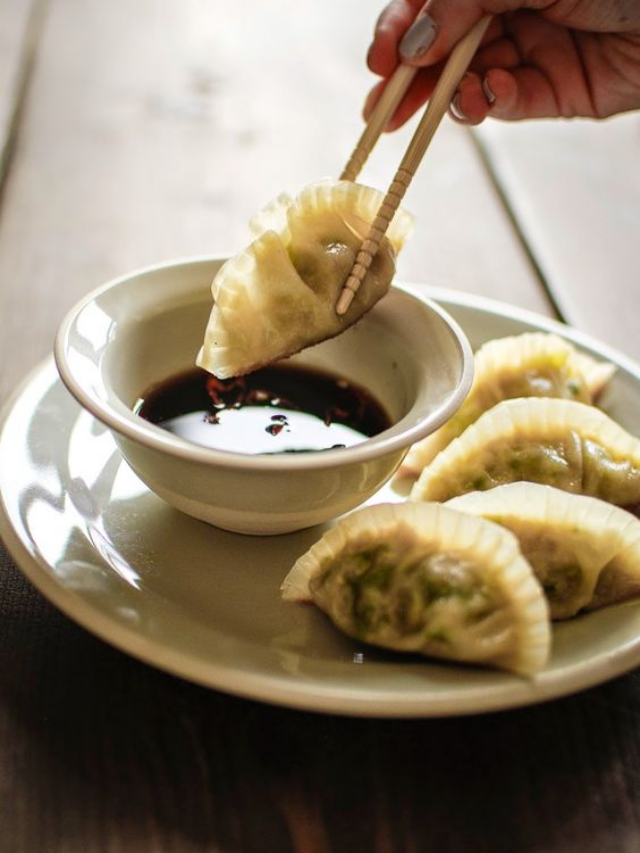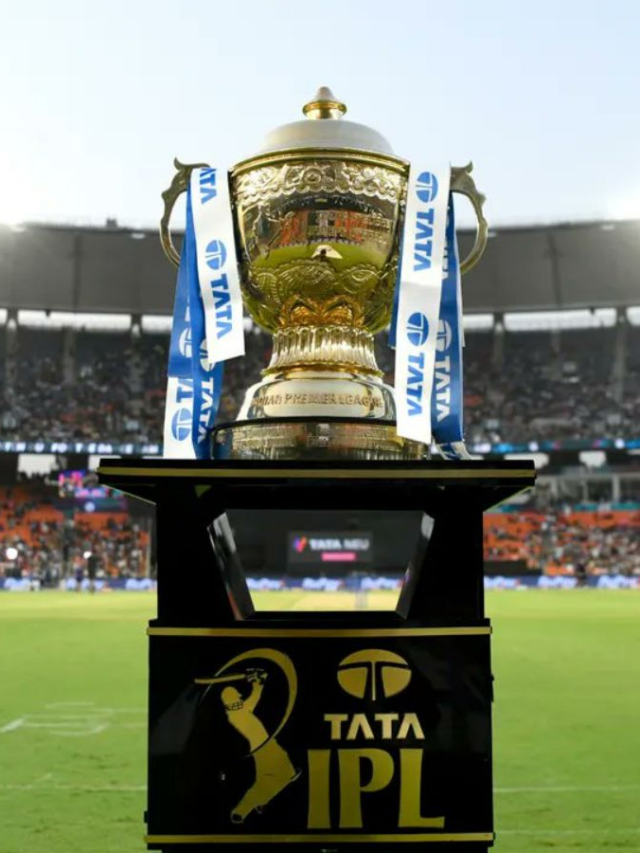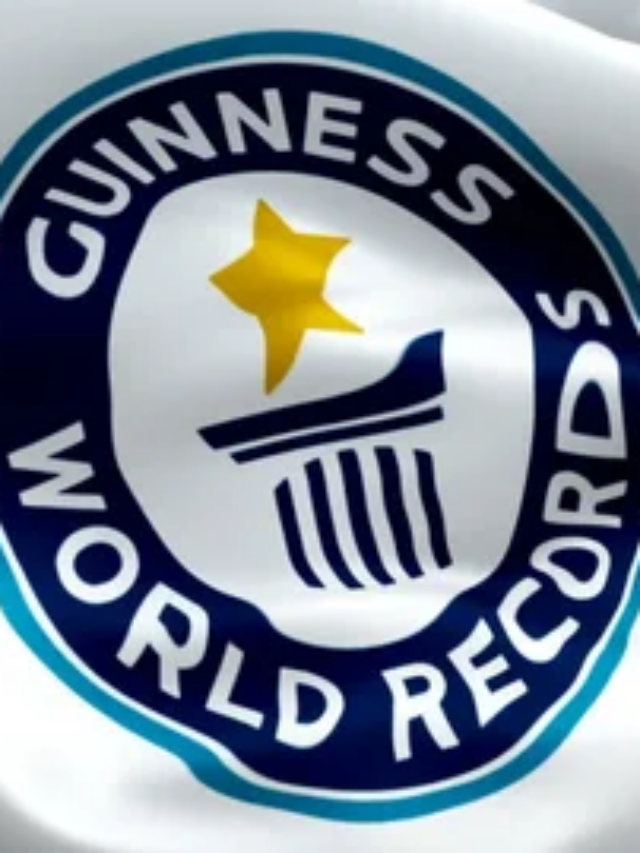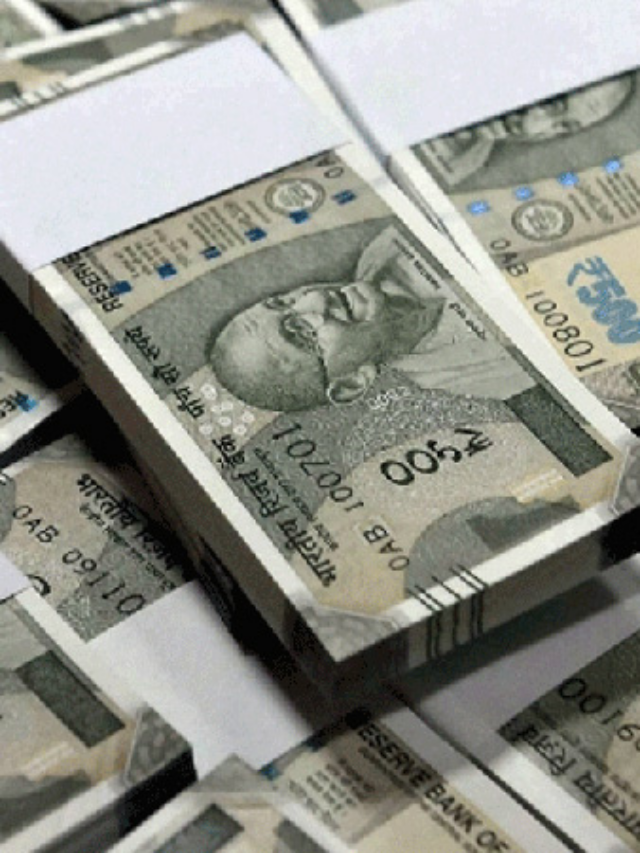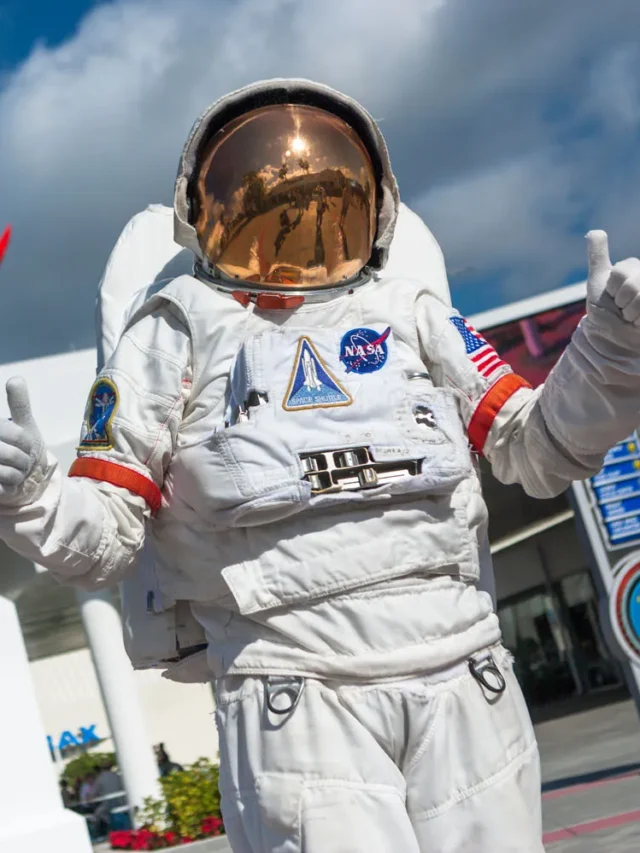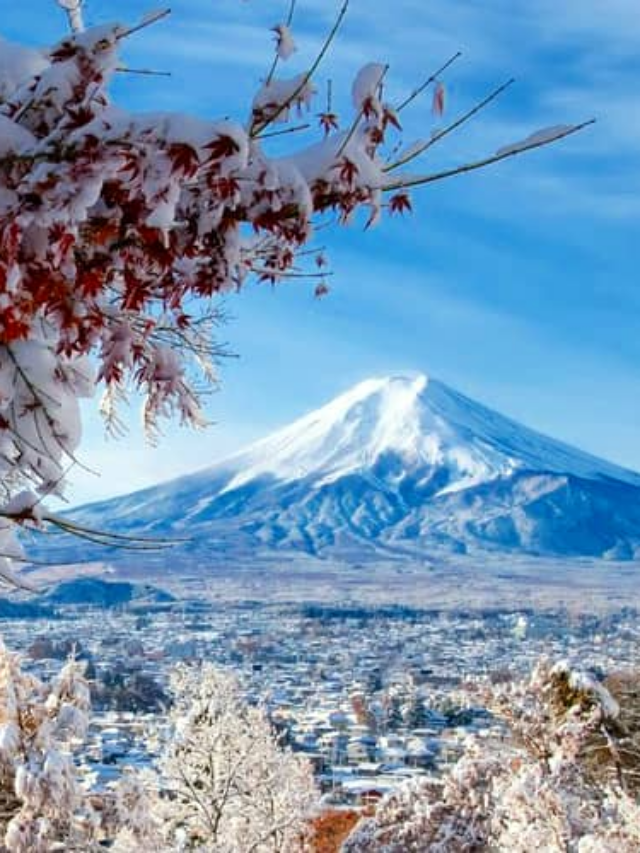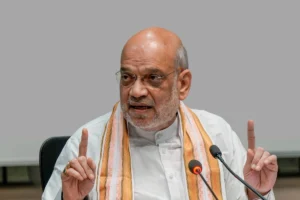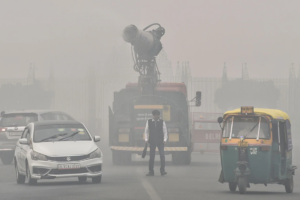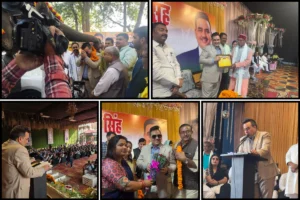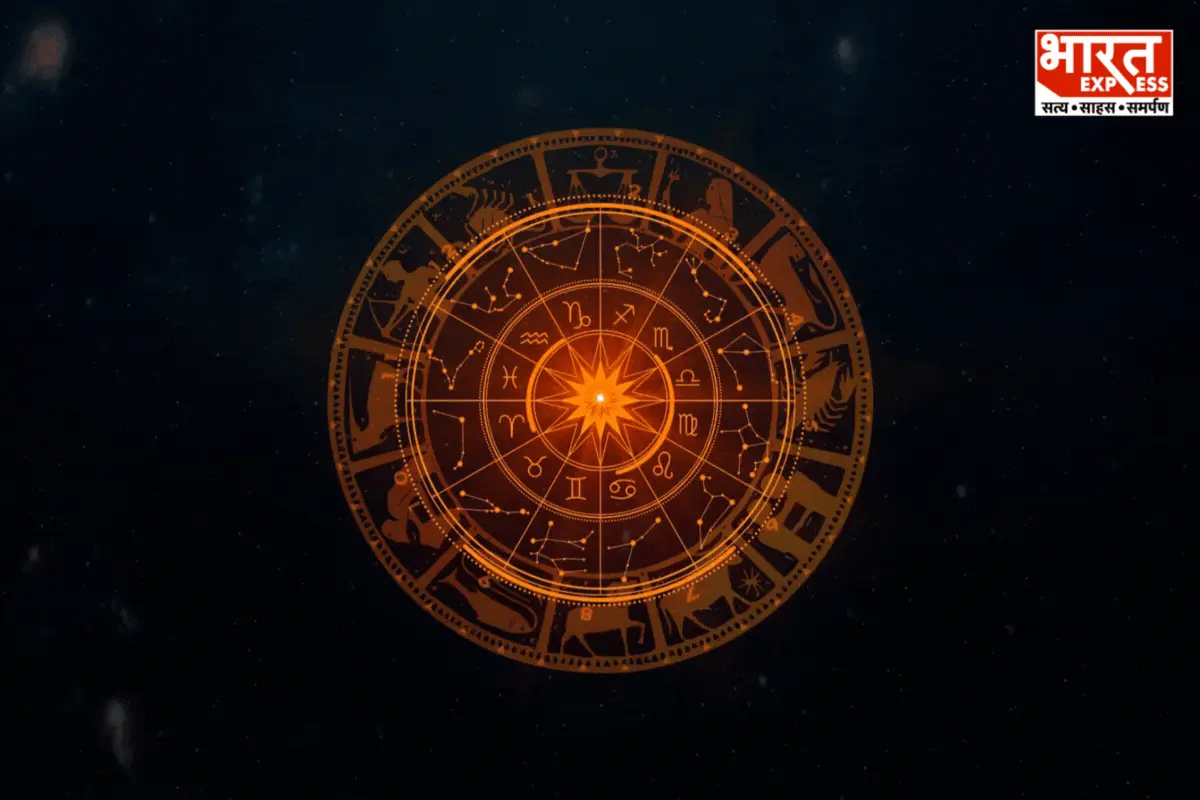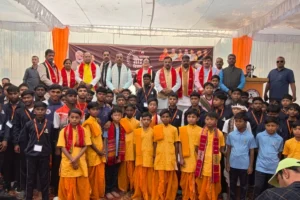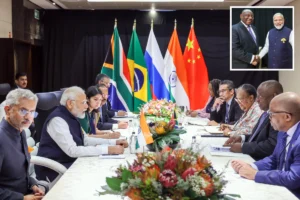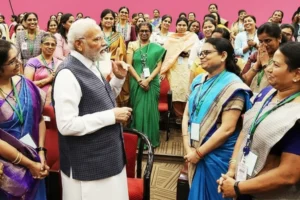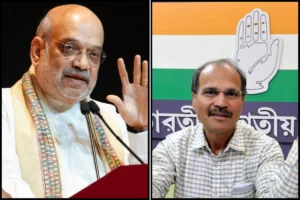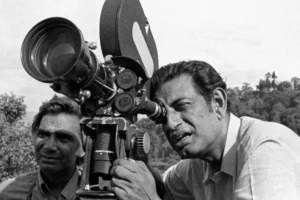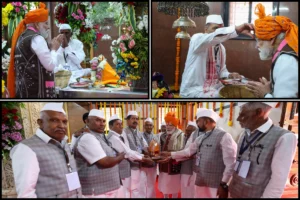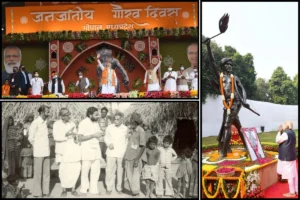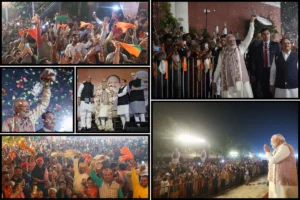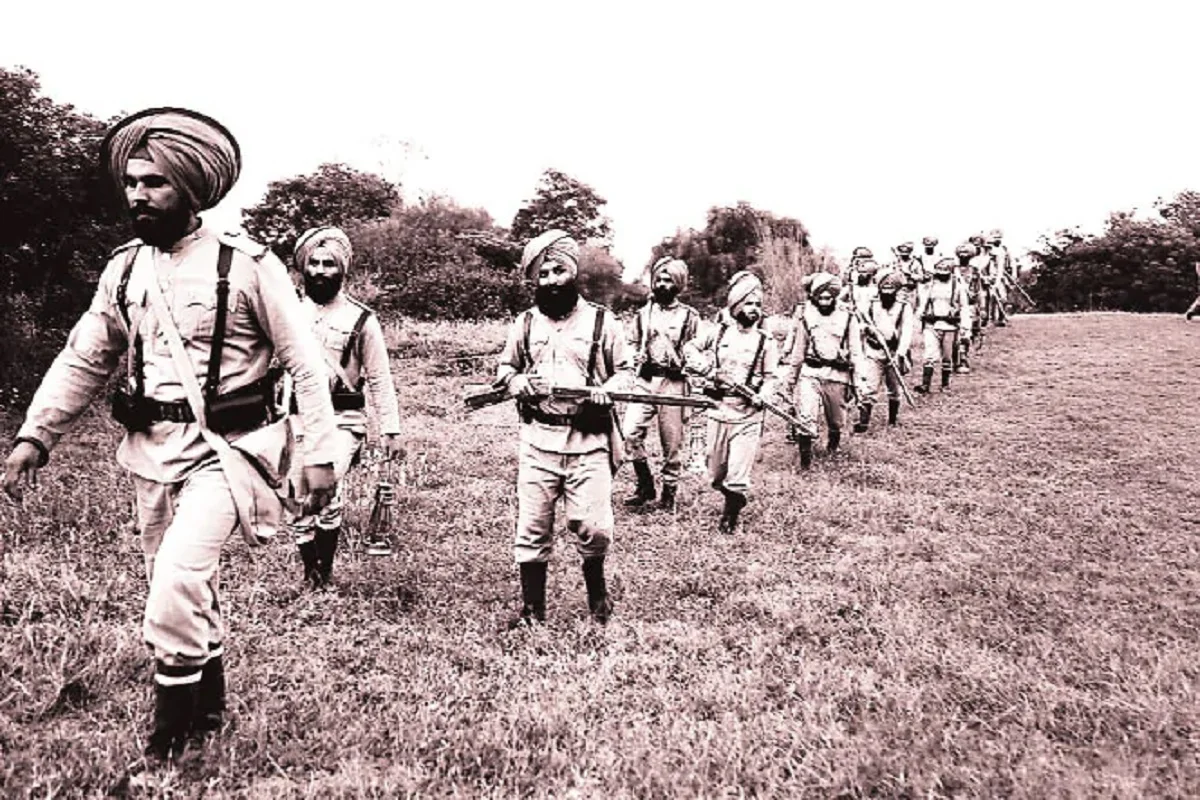
The Battle of Saragarhi: A Forgotten Chapter in Indian Curriculum
“It is no exaggeration to record that the armies which possess the valiant Sikhs cannot face defeat in war”
-Queen Victoria, British Parliament, 1897.
21 vs 10,000. “To the last man. With the last round“
Very few battles are remembered by many nations collectively and the Battle of Saragarhi is one such saga of bravery, valor, and determination. It is commemorated by both, Indian Army and British Army on 12th September each year. While the Sikh Regiment of the Indian Army celebrates it as Regimental Battle Honors Day, the British Army remembers it as the finest example of self-sacrifice displayed by the 21 officers of the Saragarhi outpost who fought to the death.
Now we all know about this battle because of the Akshay Kumar Bollywood block-buster movie, ‘Kesari’, which brought the bravery of these handfuls of men to the limelight. For a recap, the battle took place about 124 years ago between British Indian Army’s Sikh Regiment and Afghan tribesmen on 12th September 1897, in North-West-Frontier-Province (Now in Khyber Pakhtunkhwa, Pakistan). The battle was centered at Saragarhi garrison where the position was defended by 21 soldiers from British India Army’s 36th Sikh Regiment against warriors from Pashtun and Orakzai tribes numbered in thousands.
What makes it an unusually heroic tale is the massive discrepancy in numbers from the defending soldiers. Havildar Ishar Singh was leading the station at that time. Under his command, his men demonstrated fierce strength and unflinching courage. According to reliable military documents, Saragarhi was normally defended by about 40 soldiers but on that fateful day, only half the number was available.
The Afghan troops had severed the communication lines between Fort Lockhart and Saragarhi and proceeded to attack Saragarhi with 8000 – 10,000 men. In an act of outstanding bravery, Ishar Singh and his men tried to repulse the attack charge by charge. For quite some time, the troops held their own against the invaders, but the numbers were against them. Nevertheless, the Sikh Regiment took on the challenge and decided to fight till their last breath, which they did. The cries of, “Jo Bole So Nihal, Sat Shri Akal“, reverberated in the air, they fought and became immortal, however, not before killing nearly 600 Afghan soldiers.
In the seven hours of defense that Afghan troops got delayed at Saragarhi, the British sent enforcements to Fort of Gulistan due to which the opponents once again faced defeat and their operation was a failure.
This story of valor spread like wildfire and all 21 of them were awarded the Indian Order of Merit posthumously. There have been monuments constructed in their honor; the British Raj set up two memorial Gurudwaras – one near Golden Temple in Amritsar and the other in Ferozpur. The Battle of Saragarhi is considered one of the fiercest battles of all time. Even UNESCO has recorded it among a collection of Eight Stories of collective bravery in the history of mankind. Many European war-strategy Schools have included its details in their curriculum. It is said to be taught in schools in France too.
Unfortunately, this heroic struggle which is commemorated and celebrated in many countries of the world is not included in the history textbooks of our country. It saddens my heart to admit that Bollywood has succeeded in getting the Battle of Saragarhi out of the long-forgotten crevices of history, a feat that should’ve been on the priority list of our education departments over the years. Alas, “even today this day is celebrated with more fervor in Canada and UK than here”, says Charanjit Singh, a fifth-generation descendant of Naik Singh, one of the bravest martyrs of the battle.
The government of India has done its bit in recognizing and addressing the martyrdom of these soldiers; the War Museum, Amritsar, has a dedicated gallery for Saragarhi heroes, and the SGPC has recently unveiled a Saragarhi gallery in a ‘Serai’ by the same name. Punjab Government has even decided to declare a holiday on 12th September to commemorate this battle.
Undoubtedly, this day needs to be recalled with immense pride. It is the epitome of valor, courage, bravery, and sacrifice. But would that be enough? ‘Kesari’ did Succeed in bringing the battle to the forefront, with people using social media and Wikipedia to dig out its details. However, the burning question remains unanswered; why are such historical nuggets not a part of the general curriculum in the educational institutions of our country? Why do our children grow up not knowing about Havildar Ishar Singh and his men who died fighting for their motherland?
Prof. Suman Jamwal of the Department of History of the University of Jammu points out, “time has come to recognize the efforts put in by the Indian soldiers, irrespective of the fact that they were fighting for British regime as they did not have much of a choice then. But the (exemplary account of) defense of the boundary, the military capabilities of the soldiers who were fighting, their integrity, resolving the military nitty-gritty, or the fundamentals of their enviable strategy first need to be acknowledged and then it should be a part of the curriculum. And why shouldn’t it be a part of the curriculum, even if it was under the British Colonial Empire? After all, we are talking about the valor of soldiers who were Indians.”
“Yes, the Battle of Saragarhi should be included in history books at different levels… not just this, all those incidents of valor infusing patriotism, should be taught to the present generation. Luckily the Battle of Saragarhi was filmed. But there are many such battles about which people know nothing. The students are not taught about them in our schools and colleges,” remarks an army veteran, Major General Goverdhan Singh.
(This story has not been edited by Bharat Express staff and is published from a syndicated feed.)
To read more such news, download Bharat Express news apps








